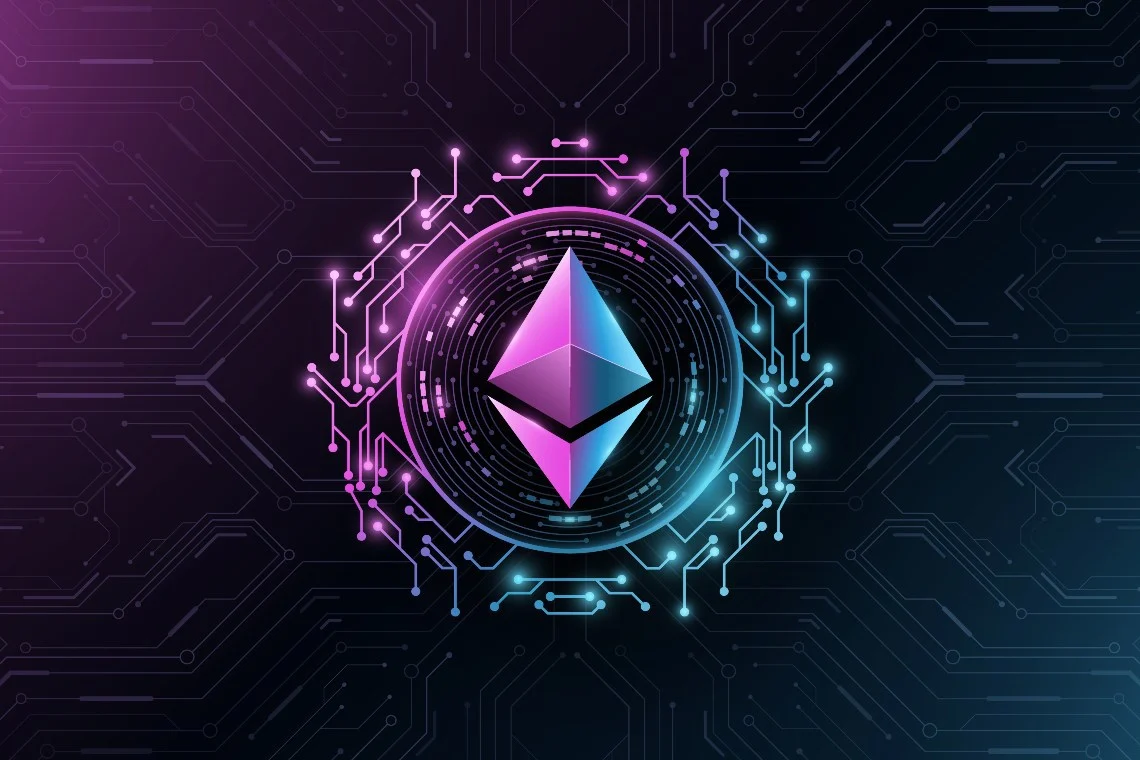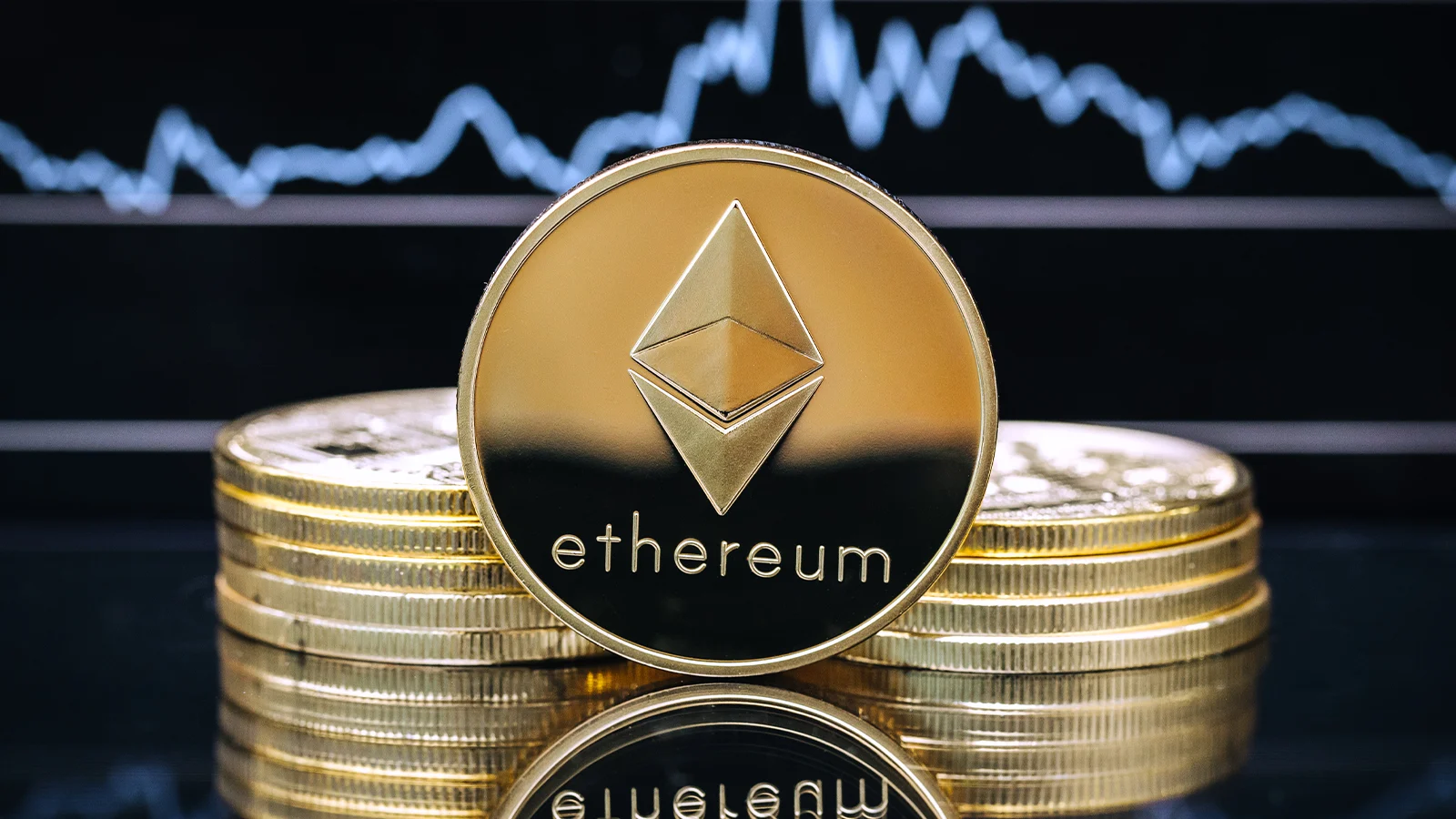|
Getting your Trinity Audio player ready...
|
VanEck, the global asset manager, has reaffirmed its $22,000 price target for Ethereum by 2030, but the dynamics underpinning that projection are evolving, according to Matthew Sigel, VanEck’s Head of Digital Assets Research. Initially estimated in June, VanEck’s forecast included base, bull, and bear case scenarios with potential Ethereum values at $22,000, $154,000, and a staggering $360,000. However, recent shifts in Layer 2 (L2) activity—networks built atop Ethereum to improve scalability and efficiency—are causing VanEck to reconsider the underlying model.
The Rise of Layer 2 Networks And Its Impact On Ethereum’s Valuation
VanEck’s model assumed that Ethereum’s network would capture significant transaction revenue, splitting Total Value Locked (TVL) and Miner Extractable Value (MEV) equally between Ethereum’s base layer and L2s. But Sigel disclosed a surprising shift: recent data now shows a stark reversal in the revenue breakdown between Ethereum and Layer 2s. Instead of Ethereum retaining 90% of transaction revenue as originally projected, L2s are now absorbing 90%, suggesting an accelerated L2 adoption that could shrink Ethereum’s value share.
This shift could lower VanEck’s $22,000 target significantly. If L2 networks continue to dominate revenue, Sigel warned, Ethereum’s 2030 target may need a two-thirds reduction, recalculating the price closer to $7,333. The data-driven pivot underscores a crucial trend: as L2 networks grow, they’re not merely alleviating congestion on Ethereum’s network but increasingly taking on its transaction load—possibly impacting Ethereum’s long-term valuation.
Re-evaluating Ethereum’s “Digital Oil” Potential
Despite the revenue reallocation towards L2s, VanEck still views Ethereum as a “Digital Oil” within the digital finance ecosystem, valued for its programmability, versatility, and potential role as an “Internet Reserve Currency.” According to Sigel, Ethereum’s valuation by 2030 would reflect a market premium of 33 times its free cash flow, affirming its ongoing significance even as Layer 2s emerge as formidable players.
But these projections are vulnerable to the rapidly changing infrastructure landscape of Ethereum. The increasing competition from L2 solutions like Optimism, Arbitrum, and zkSync challenges Ethereum’s dominance in terms of transaction revenue and highlights an ecosystem moving towards a multi-layered paradigm where Ethereum serves as a base layer, while L2s handle bulk transactions.
VanEck’s Broad Crypto Outlook and Ethereum’s Position Alongside Bitcoin
VanEck’s Ethereum price forecast complements its bullish outlook on Bitcoin, particularly as the 2024 U.S. presidential election approaches. Sigel projects that a win for pro-growth policies could lead to favorable regulatory shifts for crypto assets. VanEck recently reaffirmed its 2030 Bitcoin target of $350,000, premised on Bitcoin potentially capturing half of the gold market’s $12 trillion valuation. By 2050, VanEck expects Bitcoin to be integrated further into global economies, with central banks possibly holding 2.5% of their reserves in Bitcoin.
Also Read: Solana DEX Volume Surges 78% Over Ethereum As SOL Eyes $200 Amid Bullish Trend
While Ethereum’s price prospects remain bullish within VanEck’s model, the rapid scaling of Layer 2 solutions poses fundamental questions about Ethereum’s revenue potential and dominance. If Ethereum’s base layer can maintain its role as the foundational network of the decentralized ecosystem, it may sustain its projected valuation. However, the dramatic redistribution of transaction revenue toward Layer 2s could mean Ethereum’s value may rest more on its foundational role and unique qualities than on transactional revenue alone.
In an environment where L2 solutions continually gain traction, Ethereum must balance its role as a foundational, programmable network while navigating the L2-driven reallocation of value. For investors, understanding Ethereum’s evolving ecosystem and potential adaptations will be key to assessing its long-term trajectory.
Disclaimer: The information in this article is for general purposes only and does not constitute financial advice. The author’s views are personal and may not reflect the views of Chain Affairs. Before making any investment decisions, you should always conduct your own research. Chain Affairs is not responsible for any financial losses.
I’m your translator between the financial Old World and the new frontier of crypto. After a career demystifying economics and markets, I enjoy elucidating crypto – from investment risks to earth-shaking potential. Let’s explore!




